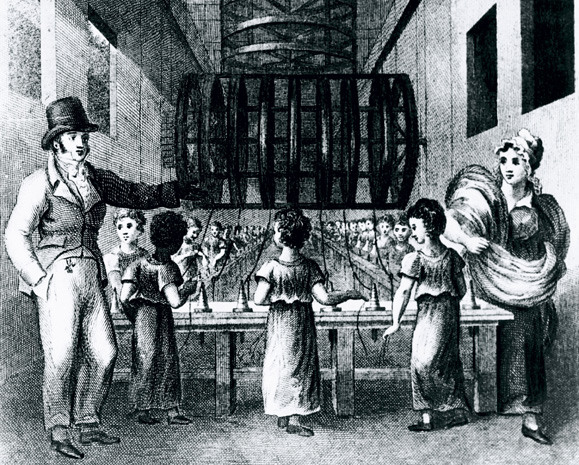I am Sebastian and I am going to tell about my life here as a worker in London.
I belong in a very poor family that lives in a small village near London. My brother works cleaning the streets and my mother sells thing in the street while my brother cleans them.
As for myself, I work for a very rich family that doesn't treat me very well. For example, each time I make a mistake or I do something wrong, they threaten to lower my salary or to fire me.
My family's life in general is quite hard, but we work hard to live in the best conditions as possible.
I hope you can understand what I am living in these moments of my life.
With honor:
Sebastian





